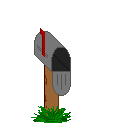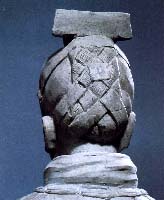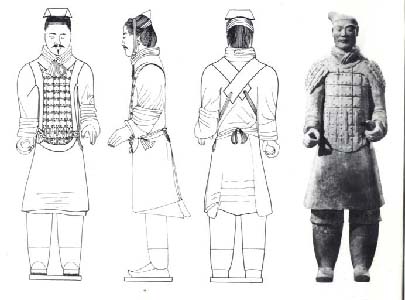
| |
Although thousands of terracotta warriors have been unearthed, the
faces and expressions are in no way identical. This is a startling fact since a common
defect in group sculpture is monotony. Every soldier has his own unique features and
facial expression. Some have pursed lips and forward-staring round eyes that portray an
image of bravery, courage and zest, whereas others show strength, confidence and
steadiness.
|

|
Some others give a sense of calmness and thoughtfulness that can only come about
because of their experiences from numerous battles. Each head is a personal portrait
rendered by induction and refinement of countless number of images taken from real life.
The terracotta warriors and horse figures are intricate work of art displaying the
superior skills and expertise of sculptors during the Warring States Period. The figures
were made by using a combination of moulds and hand sculpting. The heads were made using
several different moulds and the eyes, noses, ears and other facial features were sculpted
on individually by skilled artisans.
|
|
The nine basic head shapes of Qin Shi Huang's terrcotta warrior figures
and the Chinese character they resemble:
|
|
|

|

|
The intricate hairstyles used by the Ch'in
soldiers are portrayed in detail on the terracotta figures
|
| Hairstyles and headgears have also been added on at the later
stage of production that resulted in thousands of terracotta soldiers that bear no
resemblance to each other. |
| The gifted artisans of Emperor Qin Shi Huang were able to give the terracotta warriors
a feeling of just being able to move. The alertness of the expressions and the upright and
rigid postures of the terracotta warriors give viewer an impression that he or she is
about to witness an army in action. In short, the postures strongly suggest movement. The
aura of motion within stillness is fully illustrated in these intricately sculpted
terracotta warriors. |
 |
|

